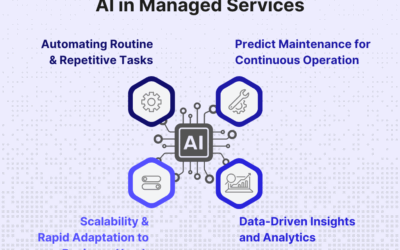I was recently standing on the top of Half Dome in Yosemite. And, I felt like crap. Six hours of Nature’s version of the stair-stepper and I realized that my favorite outdoor activity was hurrying back home to sit in my chair.
“Give me another five minutes,” I wheezed. My 18 year old daughter rolled her eyes, sighed, and went digging through her backpack for a camera to memorialize my inability to stand up after a relatively short hike.
If you line up ten primary care doctors and ask them how to feel better they would unanimously chorus,”exercise more and each a balanced diet.” Yet for every dollar Americans spend in a gym, buying a Shake Weight, or a book about the newest cabbage and pickle juice diet, we spend $34 on drugs and alcohol. It’s not surprising, really. Three minutes after the first shot of whiskey you feel great. Three weeks after recommitting to the gym you still feel sore and like crap.
You Don’t Have Time for Instant Gratification
Your attention span has dropped over the past couple of decades. You used to be able to hang on to a thought for 12 seconds. Microsoft contends that you are barely hanging on to eight now, and those seconds are rapidly slipping through your mind’s less than vice-like grip. Further, research suggests that you are losing base attention at a ridiculously high 88% per year.
“I don’t have a short attention span. You have a short interesting span.”
In a nutshell, this reveals a few quick facts:
- People do not have enough patience to read through your content.
- Even when people want to read your content, if it appears too comprehensive they won’t bother reading it at all.
- Factors many people do not consider as part of their content strategy — factors such as site speed — matters a great deal.
So what is the 21st century marketer to do?
The Golden rule in advertising in today’s omni-channel environment is create something that is accessible, memorable and doesn’t require your viewer to work to either digest or understand what you are trying to say. Can you say in one sentence why your viewer should care about your ad?
Use of Anchor Points
The easiest way to convey your message quickly and memorably is to give a simple concept that is easy to remember.
Some examples of good “anchor points” include:
- A problem with existing products that your product addresses.
- A new feature or function that’s new to your product.
- An impactful and concise customer testimonial.
- A pleasant or exciting phrase or image that creates an aspirational and memorable desire.
Intimately Know The Platforms Where Your Message is Found
Arresting the fast scrolling thumb is the goal of every marketer. Every platform has rules for best content consumption. Many of these rules are not formal, but are described as best practices to drive faster and more relevant conversions. If your content doesn’t look or read like it belongs people will continue to scroll on. 7 in 10 consumers report they’d rather consume content than ads to learn about your business. So, if you’re struggling with engagement consider that your ads or content are contextualized as well as they could be for the platforms beging used.
Some marketers, this one included, gaze at the four-paragraph ad copy with nostalgic affection. But, what has become obvious is that gypsy moth attention span has become the new normal. Successful marketers will spend more time learning to communicate is shorter, tighter, bite sized offerings that meet the user in the way they want, with the content they want, all within the timeframe they demand.




0 Comments